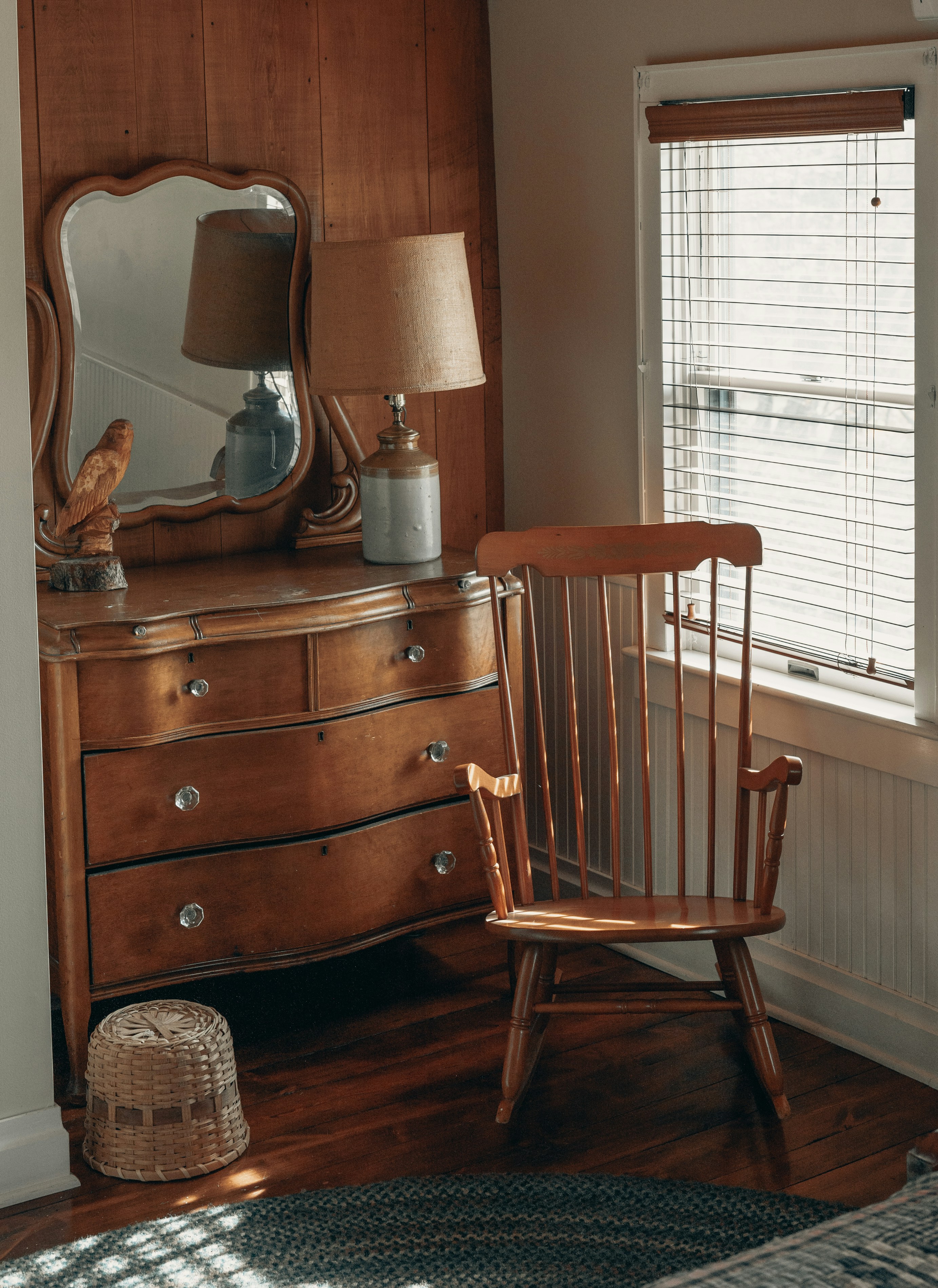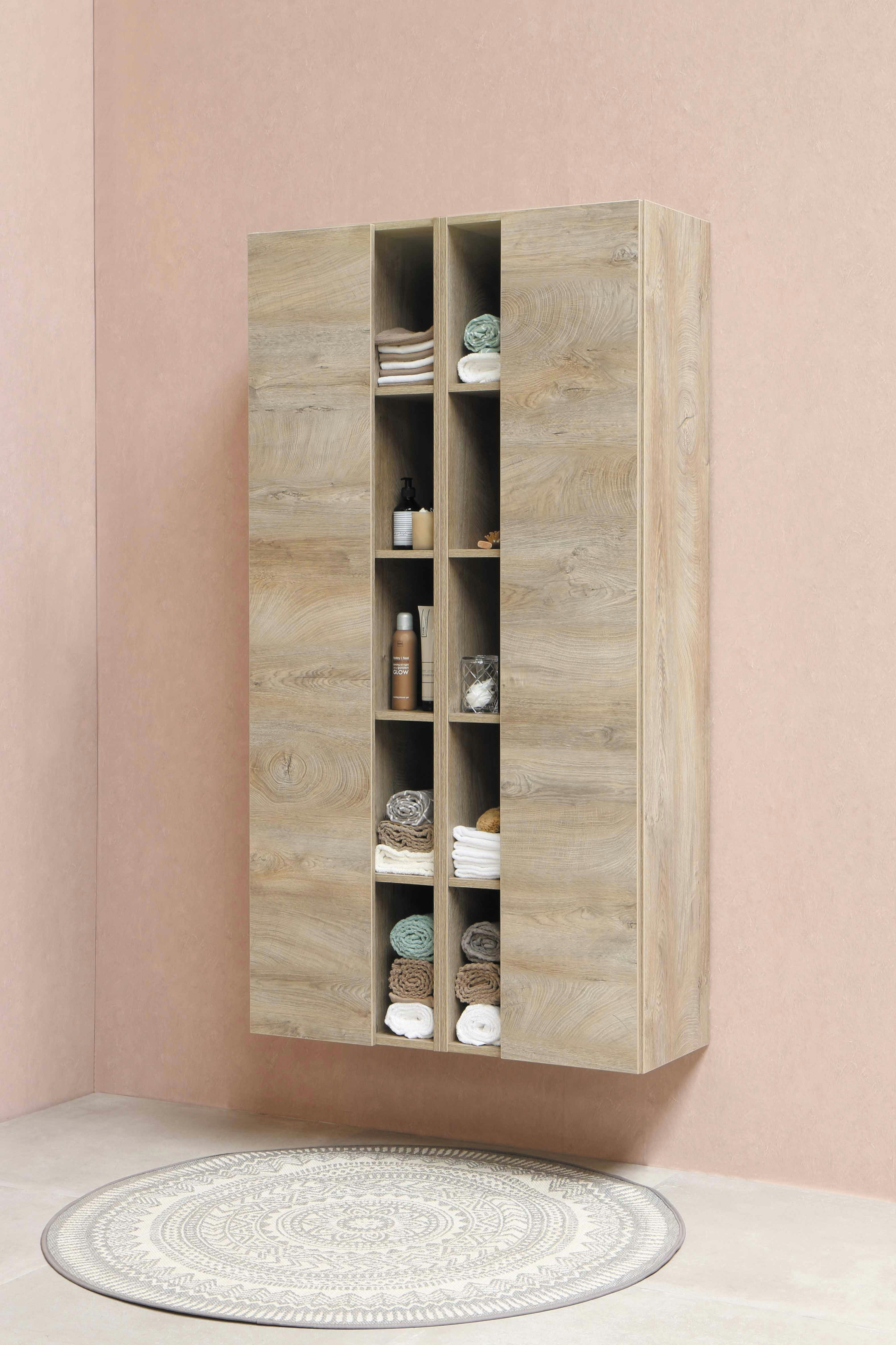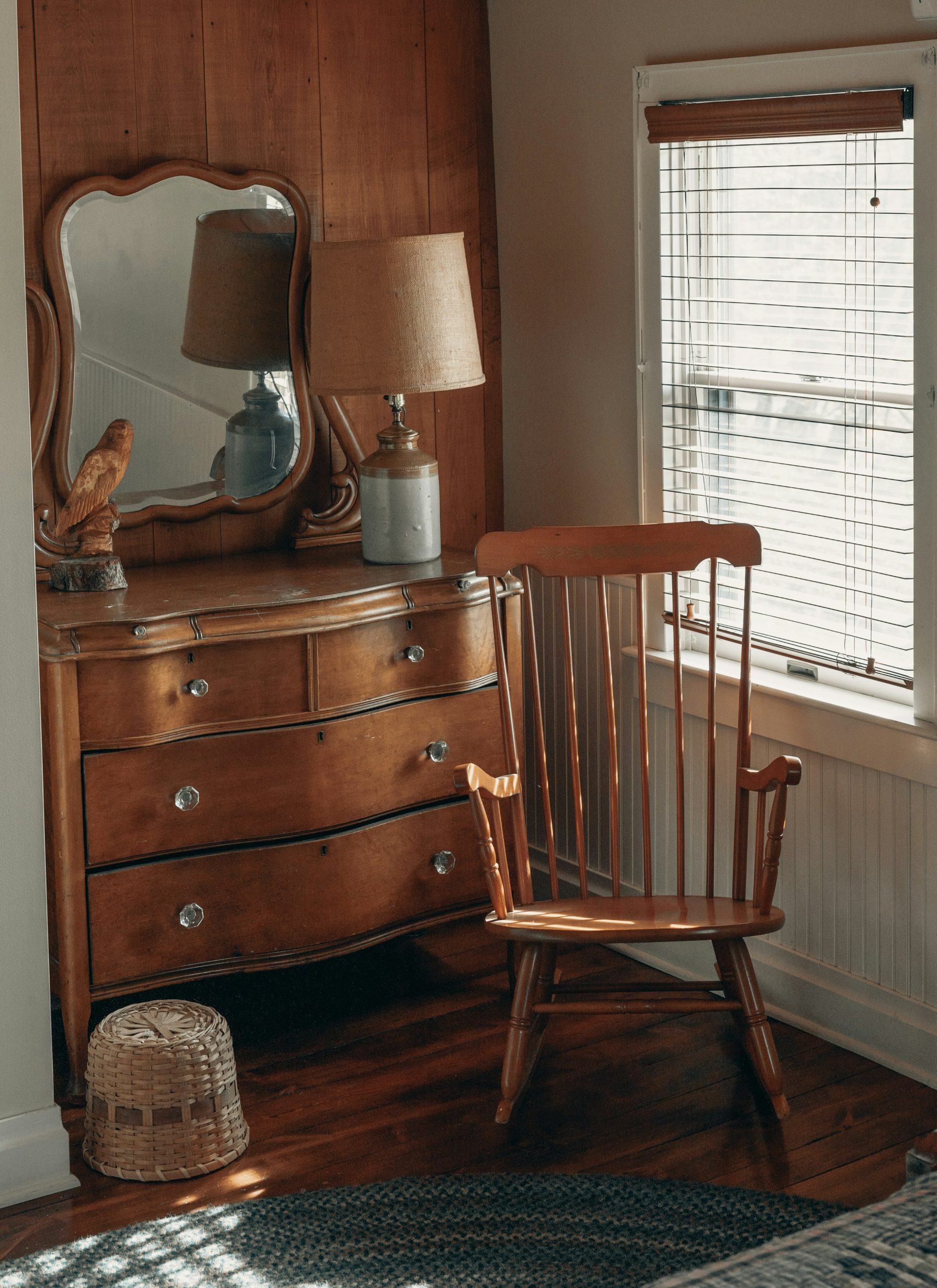When it comes to kitchen design and functionality, one often overlooked aspect is cabinet door hinges. These small but mighty components play a crucial role in the usability of your cabinets. They can affect how smoothly your doors open and close, not to mention contribute to the overall aesthetic of your space. Among the various options available on the market today, soft-close cabinet door hinges have gained popularity for their seamless operation and modern appeal.
Whether you’re renovating your kitchen or simply upgrading existing hardware, understanding what makes these hinges special can transform your cabinetry experience. Let’s dive into everything you need to know about selecting the perfect soft-close cabinet door hinges for your home!
The Importance of Cabinet Door Hinges
Cabinet door hinges might seem like a minor detail, but they hold significant importance in both functionality and aesthetics. The right hinges ensure that your cabinet doors open smoothly, providing easy access to your belongings without hassle.
Moreover, quality hinges contribute to the longevity of your cabinets. Poorly made or mismatched hinges can cause wear and tear over time, leading to misaligned doors or even complete failure.
Hinges also influence the overall look of your cabinetry. With various styles available, from concealed to decorative options, choosing the right hinge can enhance the design elements of your kitchen or bathroom.
In addition to style and durability, cabinet door hinges play a crucial role in safety. Soft-close mechanisms prevent slamming—a common issue that can lead to injuries or damage—making them an ideal choice for homes with children or pets.
What are Soft-Close Cabinet Door Hinges?

Soft-close cabinet door hinges are innovative hardware designed to enhance the functionality of your cabinetry. Unlike traditional hinges, they feature a damping mechanism that prevents doors from slamming shut.
When you gently push a cabinet door, these hinges smoothly close it without any sudden movement. This is especially useful in busy kitchens and family areas where noise reduction is appreciated.
The technology behind soft-close hinges typically involves a hydraulic system or pneumatic cushioning. This allows for controlled closure, providing both safety and longevity for your furniture.
With their ability to minimize wear and tear on cabinets, soft-close hinges have become increasingly popular among homeowners looking for convenience and style. They blend seamlessly into various designs while offering an upgraded user experience.
Benefits of Soft-Close Hinges
Soft-close hinges offer a smooth and silent closing mechanism. This feature prevents doors from slamming, reducing noise in your home. It’s especially beneficial in busy households where peace is paramount.
Safety is another major advantage. With soft-close technology, there’s less risk of fingers getting caught between the door and frame. This makes them ideal for homes with children or pets.
Durability is enhanced too. The gentle close minimizes wear soft-close cabinet door hinges on the hinge over time, extending its lifespan significantly compared to traditional options.
Additionally, these hinges elevate your cabinetry’s aesthetic appeal. They provide a modern touch that complements various interior designs seamlessly.
Installation can be straightforward as well, making it easier to upgrade existing cabinets without extensive remodeling efforts.
Factors to Consider When Choosing Soft-Close Hinges
When selecting soft-close cabinet door hinges, several key factors come into play. First, consider the weight of your cabinet doors. Heavier doors require sturdier hinges to ensure proper functionality.
Next, check the hinge type and overlay style that matches your cabinetry. The right fit is crucial for smooth operation and aesthetic appeal.
The material of the hinges also matters. Opt for durable options like stainless steel or brass that can withstand daily use without rusting or breaking down.
Don’t forget about adjustability. Hinges with adjustable features offer flexibility for fine-tuning alignment after installation.
Pay attention to ease of installation. Some models may require special tools or skills, while others are straightforward enough even for DIY enthusiasts. Choosing wisely will lead to a seamless upgrade in both functionality and design.
Top Brands and Types of Soft-Close Hinges
When it comes to soft-close cabinet door hinges, several brands stand out for their quality and innovation. Blum is a leader in this space, known for its durable mechanisms that ensure smooth operation. Their Clip Top series offers easy installation and precise adjustments.
Another reputable brand is Hettich, which provides a range of soft-close solutions tailored for different cabinetry styles. Their Sensys line features integrated damping technology that enhances both function and aesthetic appeal.
For budget-conscious buyers, Amerock offers reliable options without compromising on performance. Their soft-close hinges come in various finishes to match any decor.
Kreg has gained popularity among DIY enthusiasts with its user-friendly designs that simplify the installation process while ensuring longevity. Each of these brands brings unique strengths, catering to diverse needs in home improvement projects.
How to Install Soft-Close Hinges
Installing soft-close hinges is a straightforward process that can enhance your cabinetry. Start by removing the old hinges from your cabinet doors and frame.
Next, align the new soft-close hinge with the pre-drilled holes on the door and mark where you’ll need to drill for additional screws if necessary. Drill pilot holes to avoid splitting the wood.
Attach one side of the hinge to the cabinet door first, securing it tightly without over-tightening. Then, connect the other part of the hinge to the cabinet frame.
Adjustments may be needed after installation for perfect alignment. Test each door gently; they should close softly without slamming. If you find any resistance or misalignment, tweak them slightly until they operate smoothly.
Enjoy your newly installed soft-close features! This small update adds convenience and extends longevity to your cabinets.
Troubleshooting Common Issues with Soft-Close Hinges
Soft-close hinges are designed to enhance the functionality of your cabinets, but occasionally, they can develop issues. One common problem is that doors may not close all the way. This could be due to improper installation or misalignment. Make sure everything is level and adjust accordingly.
Another issue might involve noisy operation. If you hear squeaks or grinding sounds when closing, it’s often lifestyle a sign that lubrication is needed. A silicone-based lubricant can help restore smoothness without attracting dust.
If the soft-close feature seems too slow or ineffective, check for obstructions inside the cabinet. Sometimes items placed too close can interfere with hinge movement.
If you notice any loose screws or components, tighten them up immediately. Regular maintenance goes a long way in keeping these hinges working seamlessly over time.
Conclusion

Choosing the right cabinet door hinges is essential for both functionality and aesthetics in your home. Soft-close cabinet door hinges offer a blend of convenience, safety, and style that can enhance your cabinetry while reducing wear and tear over time. By understanding what features to look for, such as material quality, weight capacity, and installation ease, you can make an informed decision.
With various brands available on the market today—each providing unique benefits—you have plenty of options to explore. Proper installation techniques ensure optimal performance and longevity of your soft-close hinges. Should challenges arise during use, knowing how to troubleshoot common issues will keep your cabinets functioning smoothly.
Investing in high-quality soft-close cabinet door hinges not only elevates the overall experience within your space but also adds value to your home. Exploring these elements thoroughly allows you to create a more harmonious environment with every gentle close.


